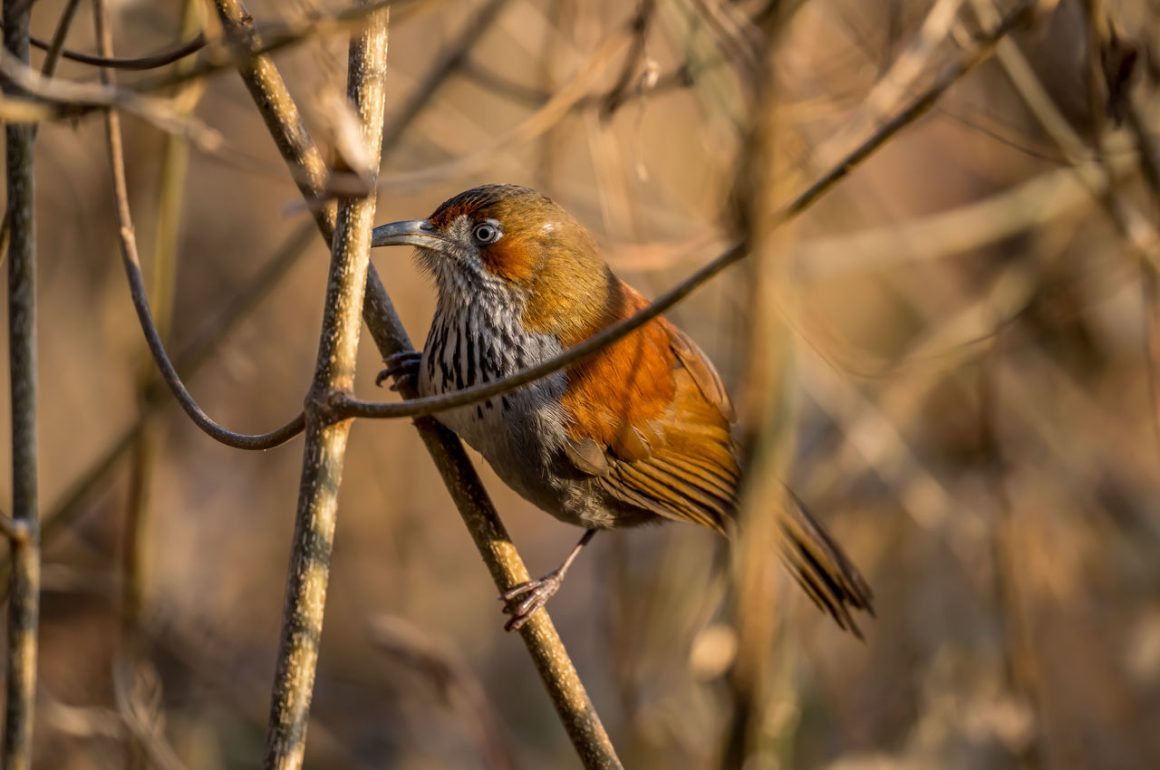
Among Chinese birders, the Wuyuan, Jiangxi area is known for three species – the Pied Falconet (separate post), the Scaly-sided Merganser (winter only – separate post), and the Blue-crowned Laughingthrush (summer only). But even in winter, there are quite a few other species, most of which I cannot see here in Shanghai.
For example, we do have the Light-vented Bulbul in Shanghai …

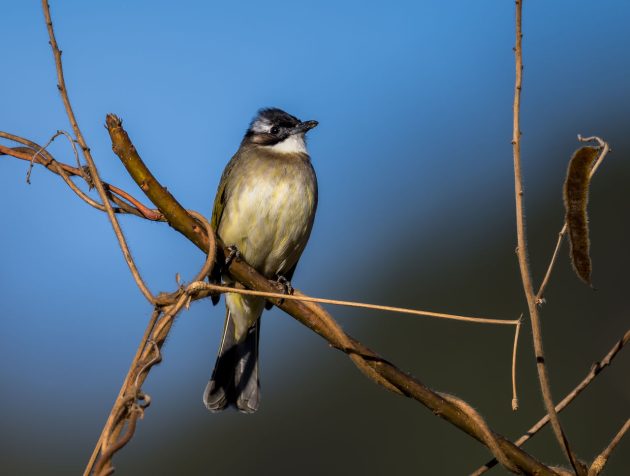
… but the choice is much broader at Wuyuan: Chestnut Bulbul …
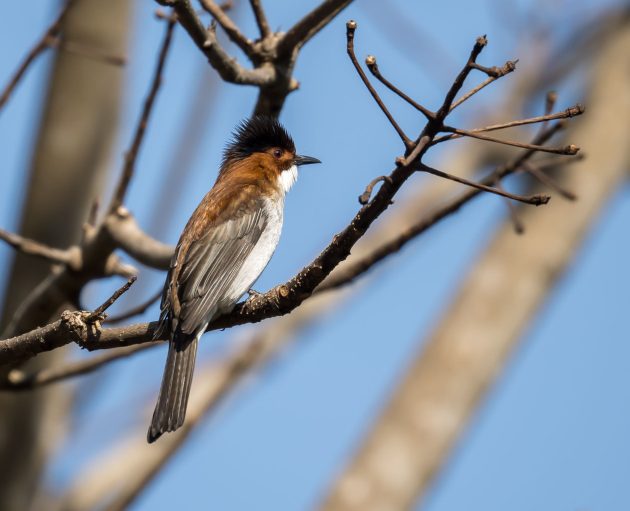
… Black Bulbul (with varying degrees of white heads) …
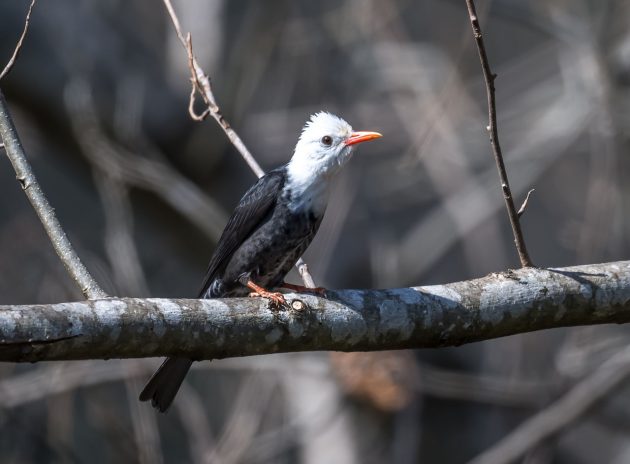
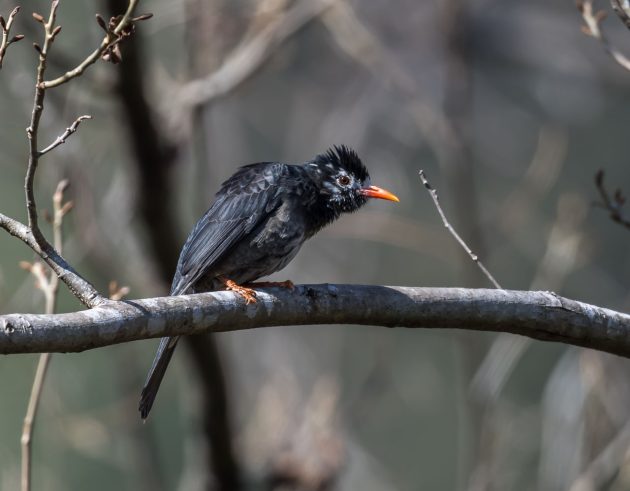
… Mountain Bulbul …
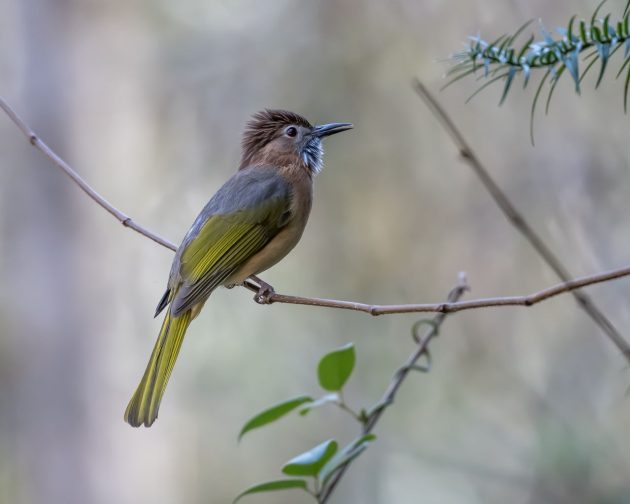
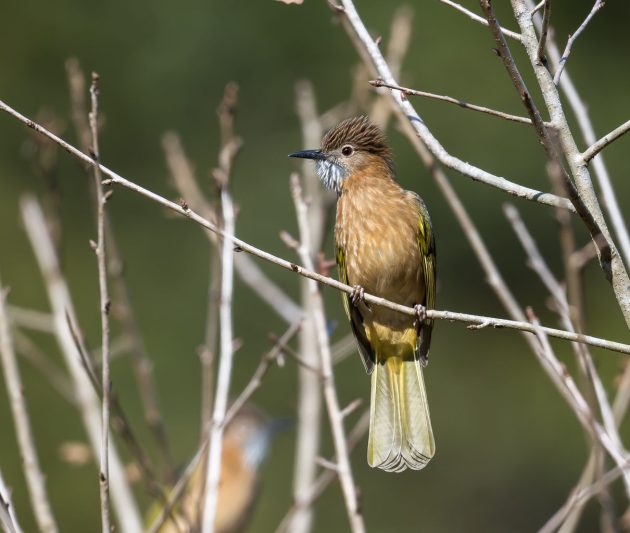
… and the Collared Finchbill (a bulbul hiding its bulbulness behind a pseudonym, as presumably most relatives of Donald Trump do. Feel free to express your disappointment with this pointless political statement in the comments).
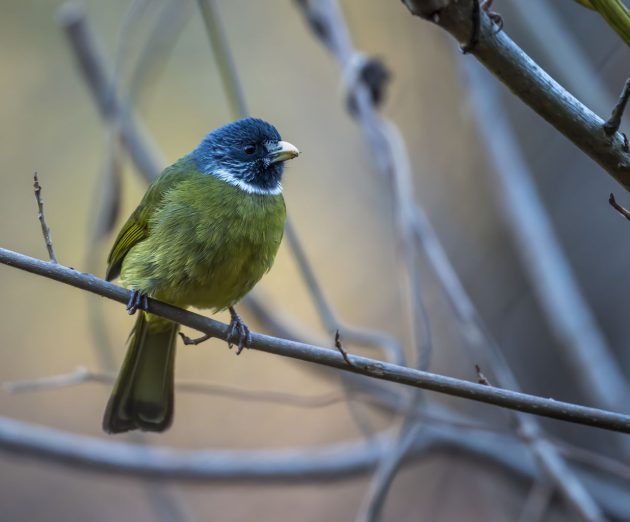

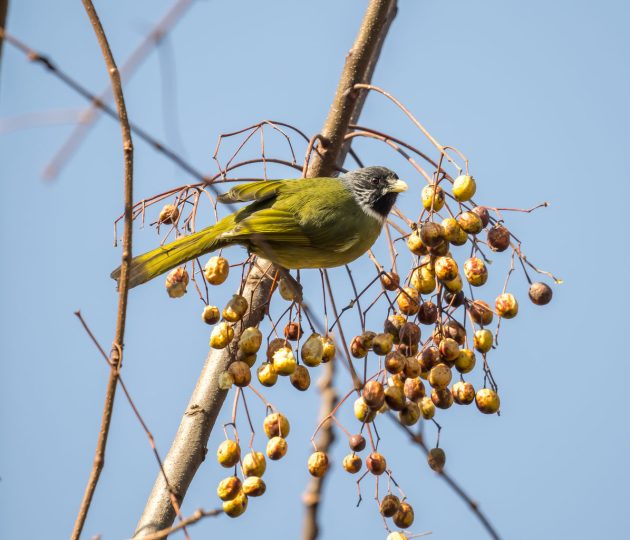
Then there are birds that can easily be seen in Shanghai as well. Not sure why I even include them here. Probably just to show off with my photos:
Daurian Redstart …

… White Wagtail …
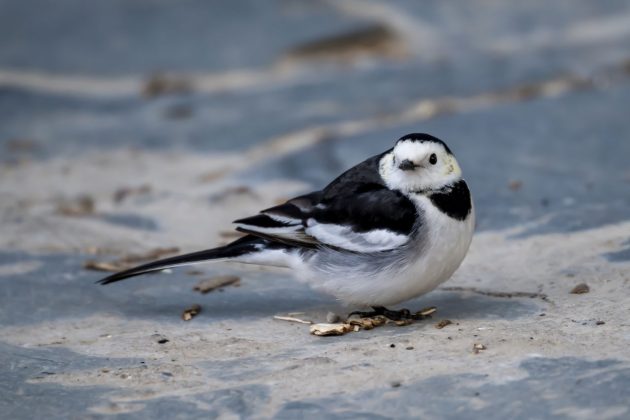

… Long-tailed Shrike (I think they look slightly different from the Shanghai ones, as if they are using more hair gel, or just a different brand, maybe) …
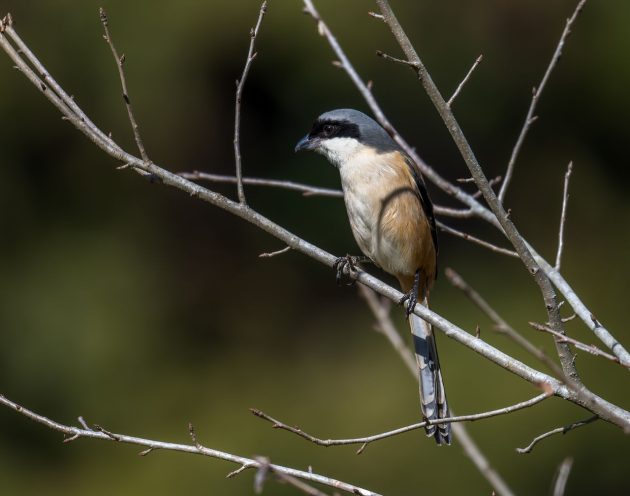
… and Cinereous Tit (probably the better name than Asian Tit – my guess is that many visitors reaching this site via the search term Asian Tits leave the site after just a few seconds).
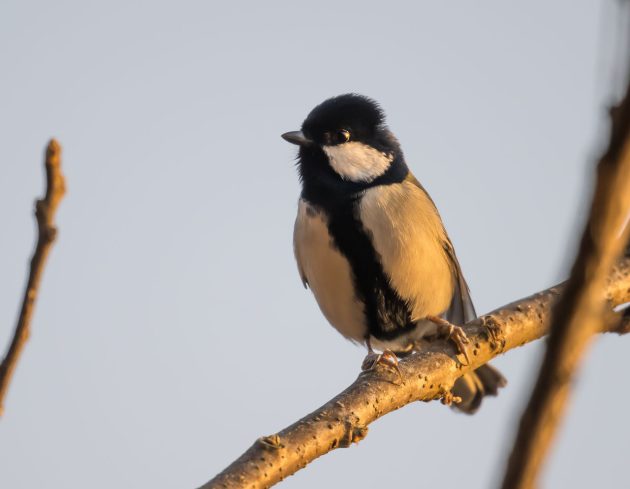
While there are a few Great Spotted Woodpeckers in Shanghai, they are much more common here …
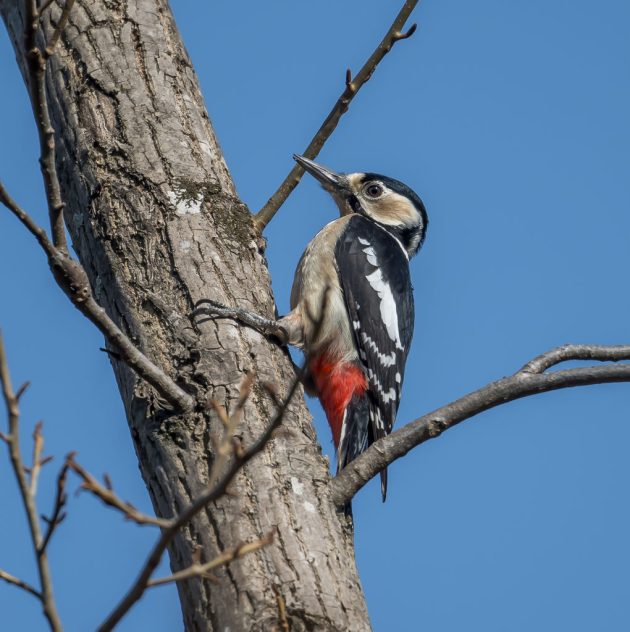
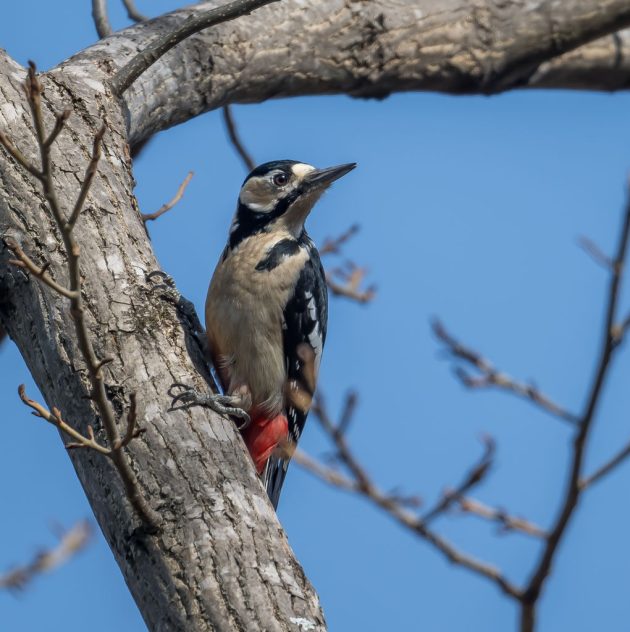
… and the same applies to the Grey-capped Pygmy Woodpecker.
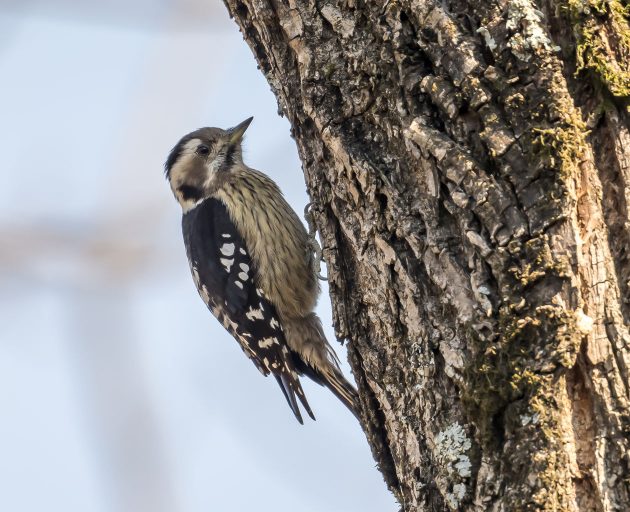
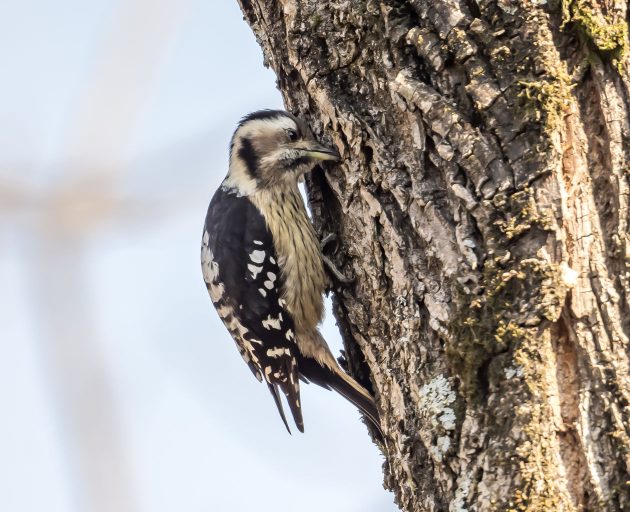
The Black Eagle seems to be the main raptor here – at least the most visible, frequently circling over birds and birders alike.
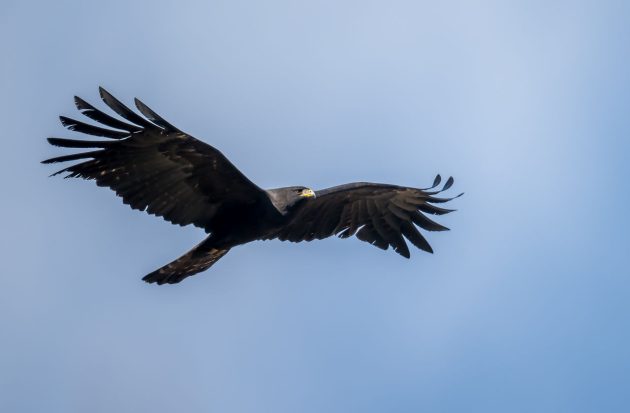
Despite an estimated population of only about 10,000 individuals and a dependency on forest cover (which is declining), it is listed as Least Concern.

In China, there are about 100 breeding pairs spread over 8 provinces (source).
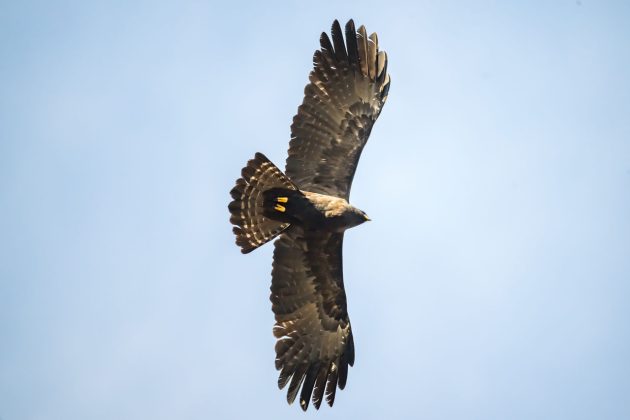
Apparently, it is a bird that is rarely seen perched – according to Wikipedia, the Lepcha people of India’s Darjeeling district describe it as a bird that never sits down, and a paper describing a nest in Sri Lanka starts with the sentence “Observing a perched Black Eagle is considered to be a rare occurrence; even one of Sri Lanka’s greatest ornithologists, G. M. Henry, never observed one perched”.
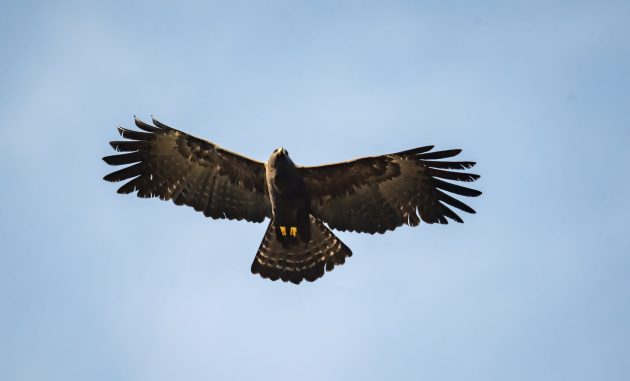
It is a species different from Verreaux’s Eagle, an African species that in the older literature is also called Black Eagle (it looks somewhat similar as well).
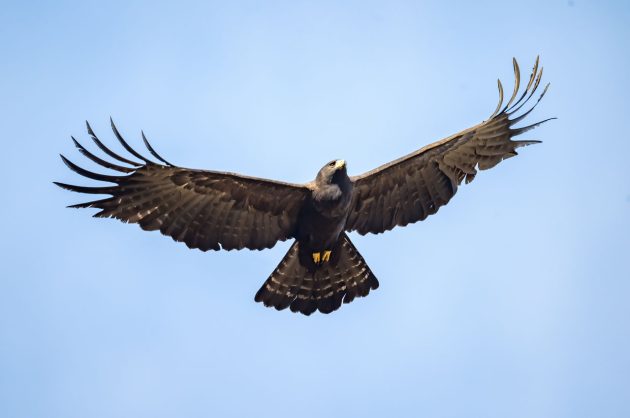
While there are no Blue-crowned Laughingthrushes here in winter, two low-budget laughingthrushes are easily seen, the Chinese Hwamei …

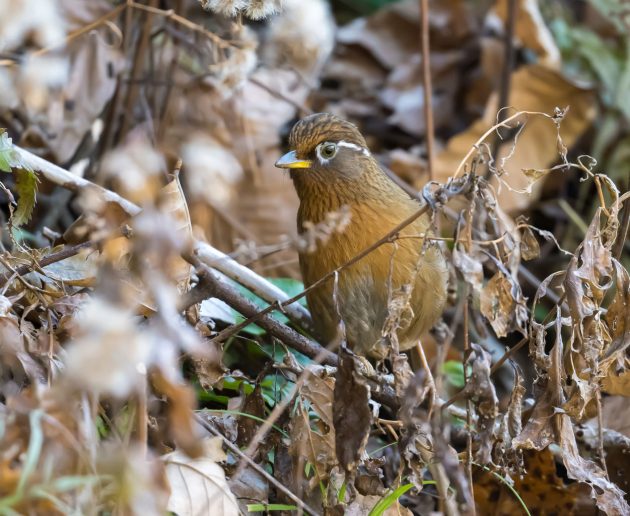
…. and the Masked Laughingthrush.
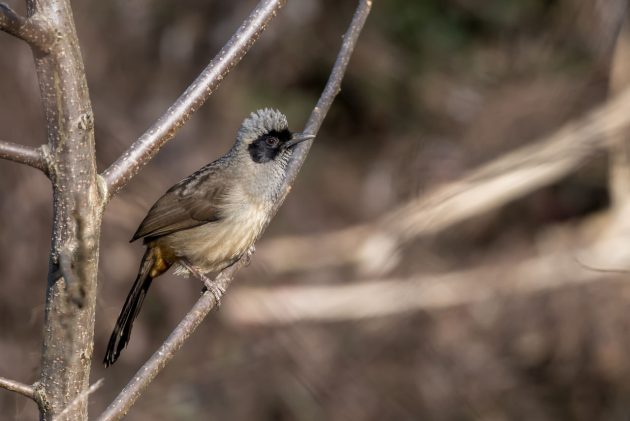
I think it looks surprisingly attractive given the rather dull description in the HBW: “Large laughingthrush, dull plain grey-brown above and greyish-buff below, with greyish head and large blackish mask”.
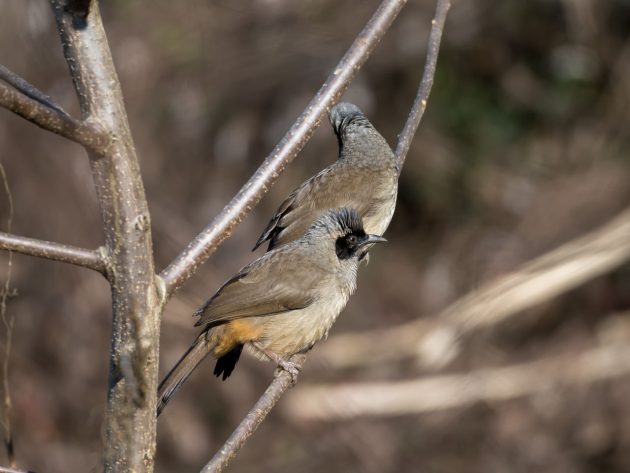
It is a cooperative breeder – helpers participate in nest-building, incubation, and provisioning (source).
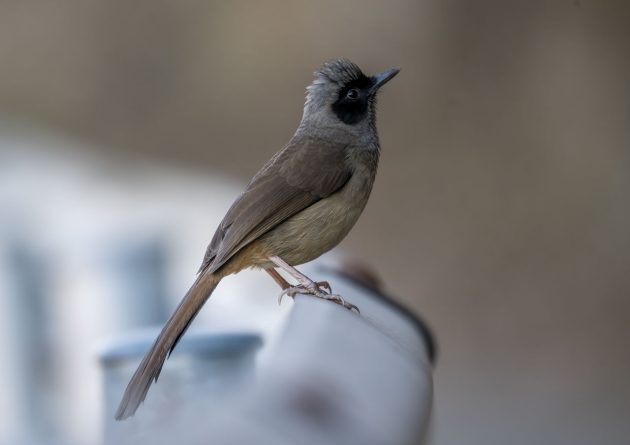
Wuyuan has several small, fast-flowing rivers that host the species one would expect:
Blue Whistling Thrush …
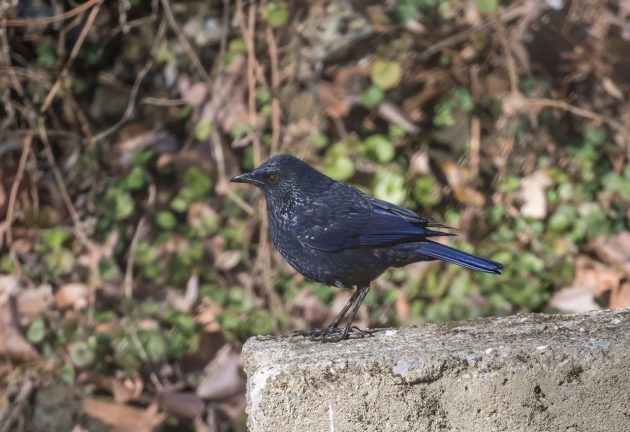
… Plumbeous Water Redstart …
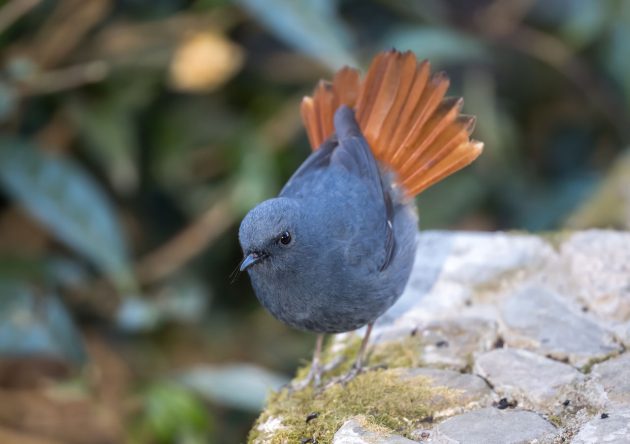
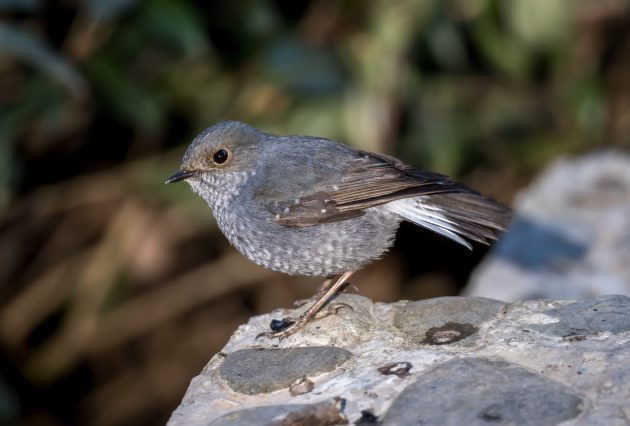
… Little Forktail …
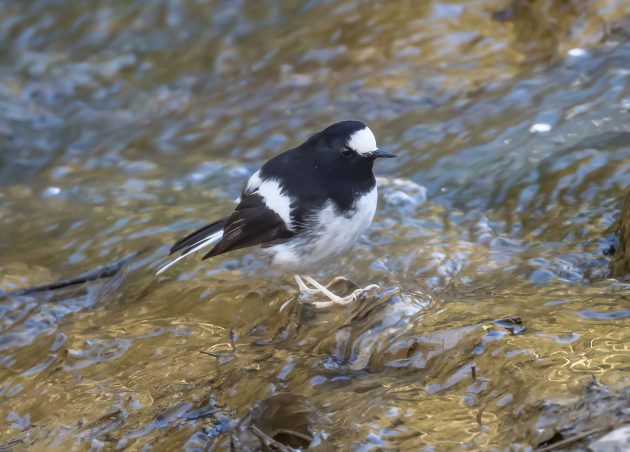
… and White-crowned Forktail (which somewhat to my surprise I saw foraging on a fallow field, though it was quite a wet one).
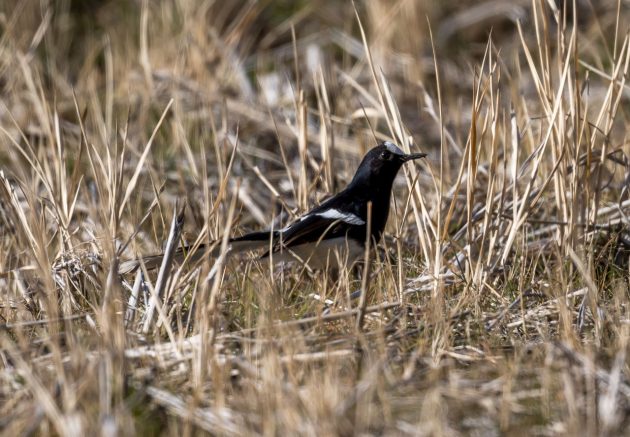
A pair of Indochinese Yuhinas drew a lot of attention from Shanghai birders in November 2024 (see my post). Here at Wuyuan, it is a common species forming largish flocks and being mostly ignored by birders. It does not mind.
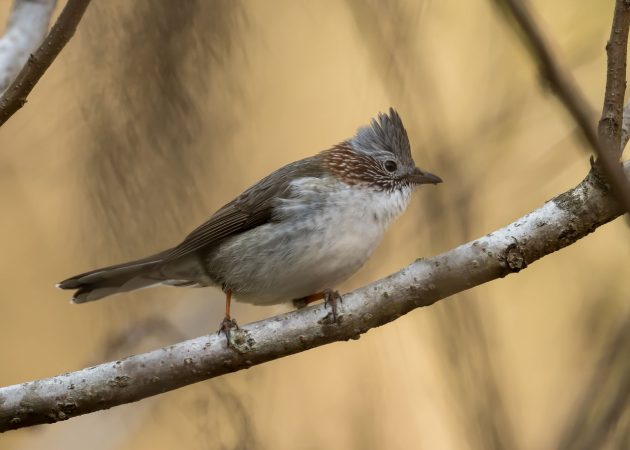
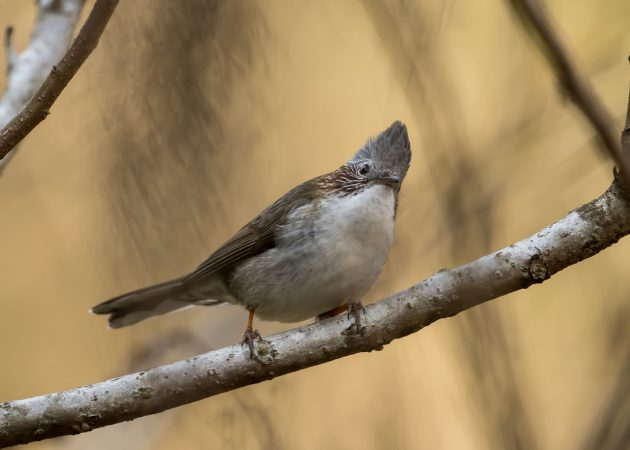
Huet’s Fulvetta is another such flock-forming bird around here. eBird politely calls it “modestly colored”, which sounds a bit like describing a woman as having a beautiful soul.
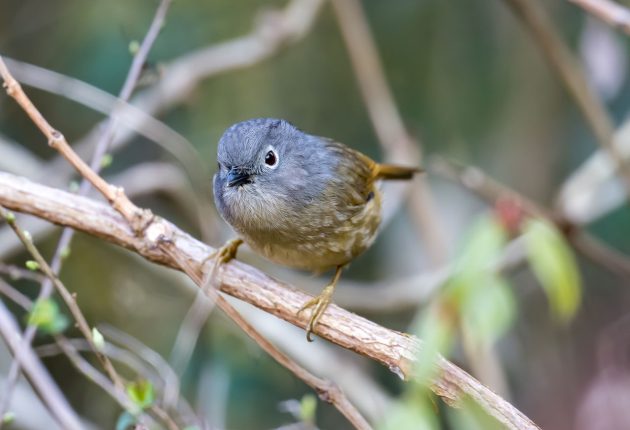
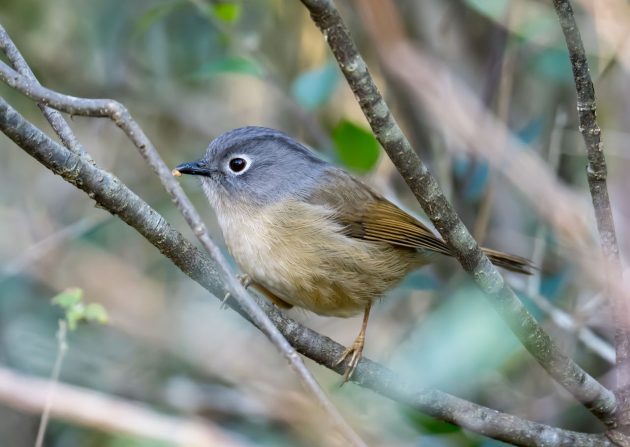
Finally, two slightly more interesting species. While not particularly rare, I still find the Red-billed Blue Magpie quite stunning. And eBird – adding insult to injury in comparison to the fulvetta – calls it “vividly-colored”.
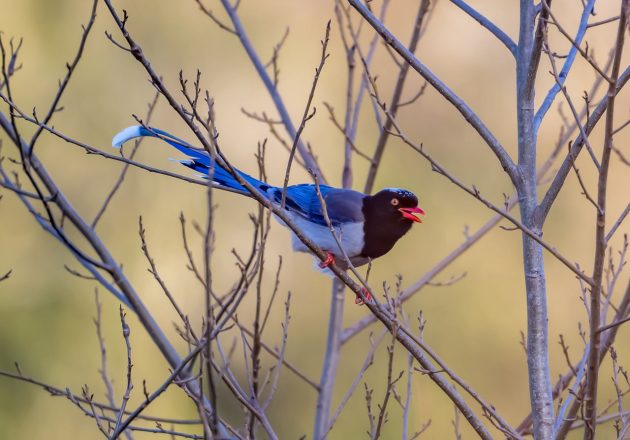
A journal named “Artificial Intelligence Review” has a paper titled “Red-billed blue magpie optimizer: a novel metaheuristic algorithm for 2D/3D UAV path planning and engineering design problems”.
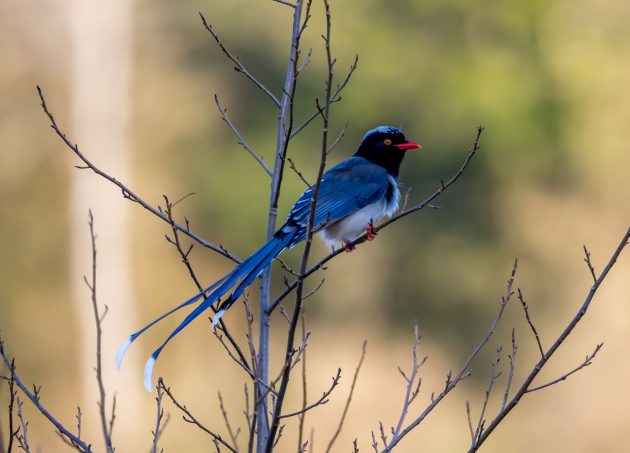
In that paper, the authors “propose a novel metaheuristic approach called the Red-billed Blue Magpie Optimizer (RBMO), inspired by the cooperative and efficient predation behaviors of red-billed blue magpies.”
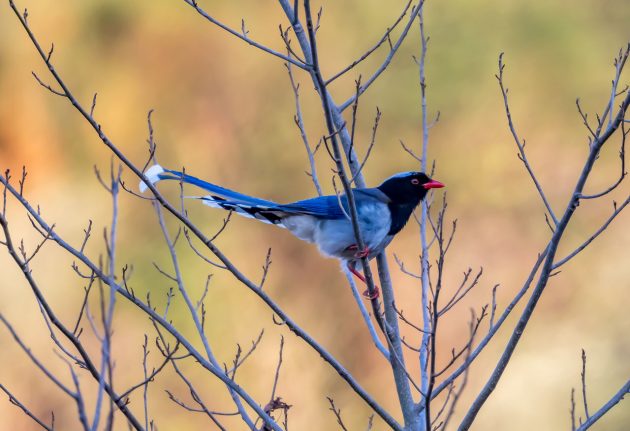
But it seems some people actually understand what this means, which then results in additional papers with sentences such as “Combining the Red-billed Blue Magpie Optimizer (RBMO) and the Line-of-Sight (LOS) guidance law and the Active Disturbance Rejection Control, the problem of mutual coupling between the states of the system is solved, and the decoupled two-channel Active Disturbance Rejection Control is formed.”
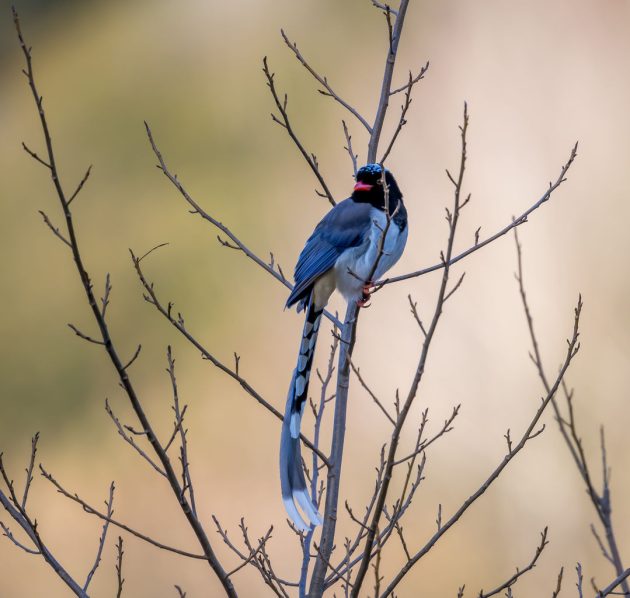
This all reminds me of a series of computer books published by O’Reilly Media – they always have a bird species on the cover, which makes me take a closer look until I realize that the title of the book is something like “C# 8.0 in a Nutshell: The Definitive Reference“. Call it misleading advertising.
This video here is a more relevant source for birders – showing three adult magpies jointly feeding chicks and thus indicating cooperative breeding. Nice to watch, too.
And then there is the Grey-sided Scimitar Babbler. Somewhat disappointingly, eBird just calls it a “large scimitar-babbler”, which I feel does not do the weird appearance of the species full justice.
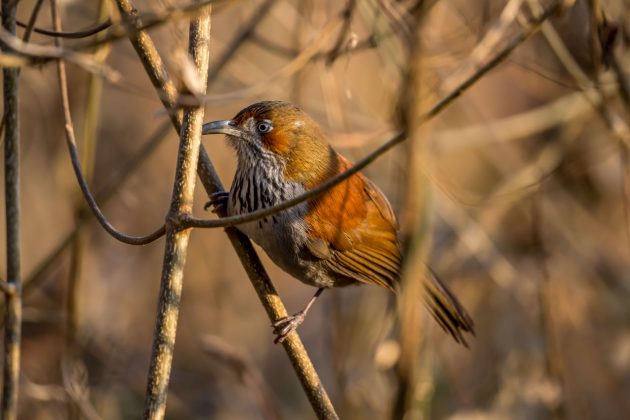
It was elevated to full species level in 2006 – see here for the rationale.
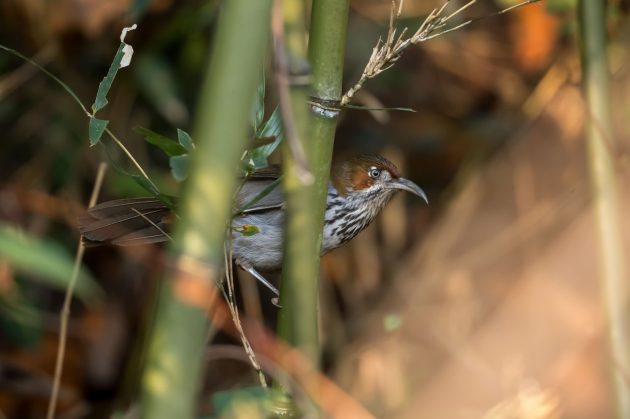
Despite this elevation, it is still acting far from self-assured, skulking (see my photos) instead – though its call gives it away.
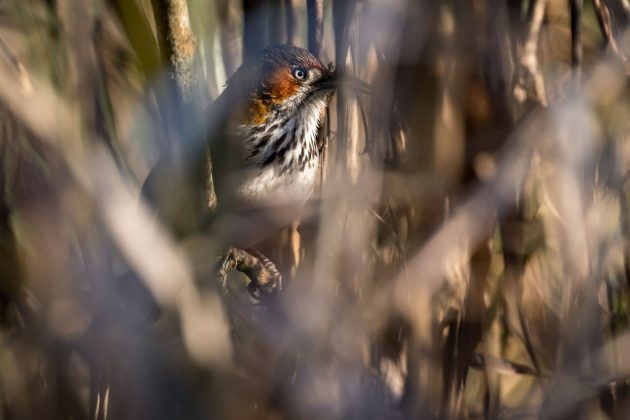
The species (Erythrogenys swinhoei) is named after Robert Swinhoe, the first British consul to Taiwan and a very active naturalist. He died in 1877 aged only 41 – you can find his obituary in Nature here. Neither Wikipedia nor the obituary mention the cause of his early death – so I asked ChatGPT about it. The answer is concise and may explain why it was left out of the obituary: “Robert Swinhoe, the British naturalist and diplomat, suffered from syphilis, which led to his early retirement and eventual death on 28 October 1877.”



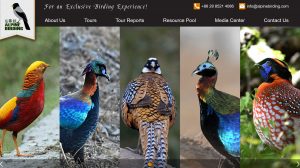
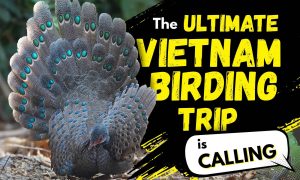


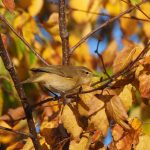
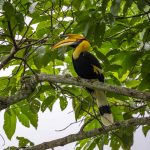


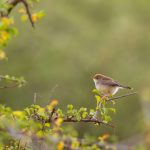
The Chinese Hwamei is a very stylish bird, but with that eye make-up they will get called out of the line at immigration for further questioning